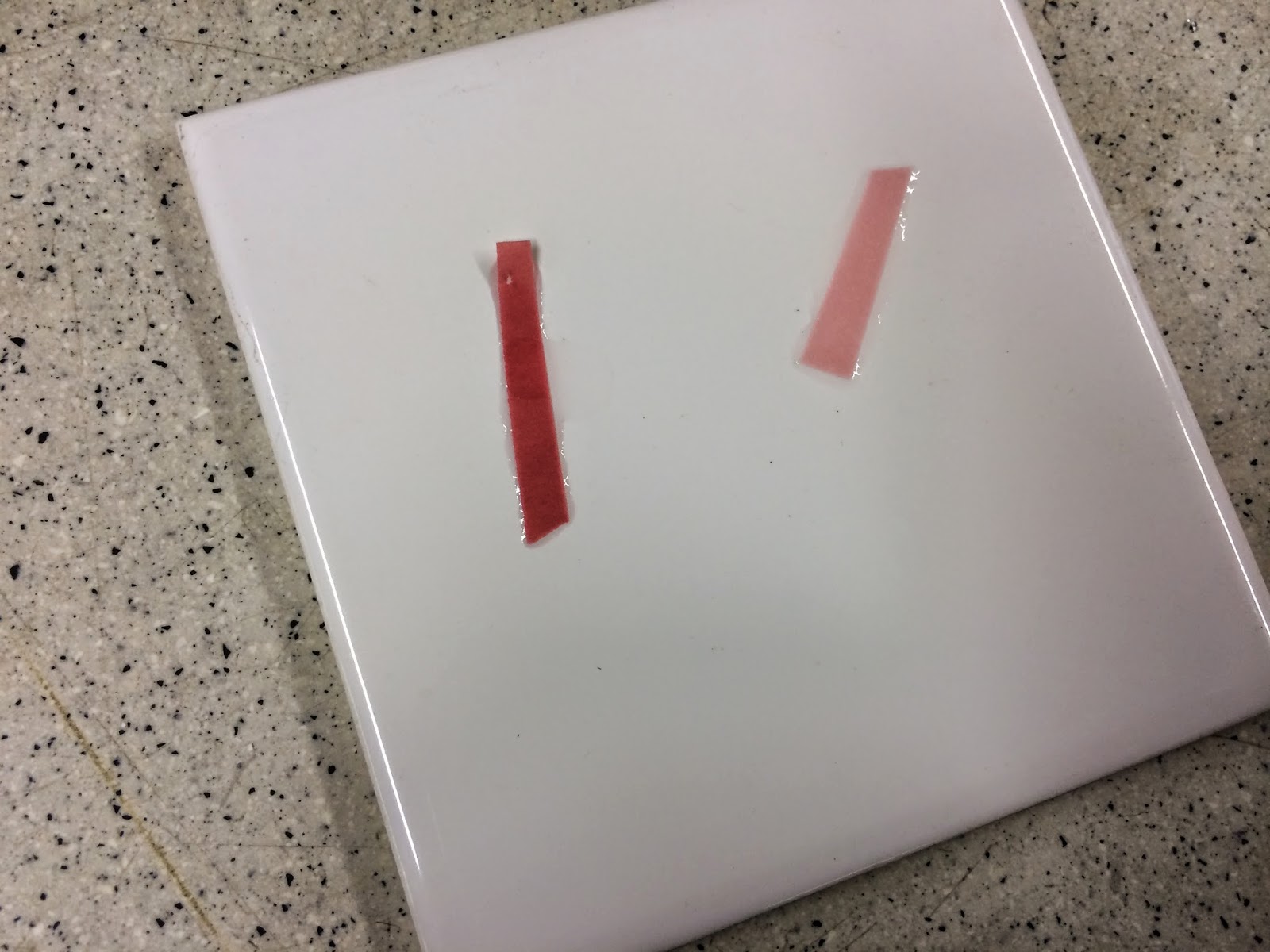During our first practical lesson, we conducted an experiment titled "Sunken Treasure".
Basically, we were not allowed to use muscle strength or lung strength to lift the "Treasure", which is a bottle filled with marbles. Our aim was to find out which solution (1/2/3), alongside a combination of other solutions, will help to pull up this "Treasure", which will be placed in this GIGANTIC basin of water.
After much pondering (during planning) , my group realised that air would help to pull up the "Treasure", and since we had the balloons, we would use them. However, we could not use any lung strength to fill up the balloon, so how can we do it?
In order to create air bubbles to inflate the balloon, we had to find the right solution. The following was our plan:
1. Pour an equal amount of each solution into three different test tubes
2. Set the timer (4.30 minutes)
3. Drop a piece of chopped carrot into each test tube, starting the timer
4. Observe which test tube still has the carrot bubbling by the end of 4.30 minutes
The result was Solution B.
Next, we decided to add the two condiments (I think it is the correct word) to the solution and see if there is any difference in the reaction. When salt was added, there were more bubbles produced when sugar was added. However, it was supposedly to have had more bubbles when sugar was added.
We then started on THE REAL THING. The following is our procedure:
1. Pour a spoonful of salt in a conical flask.
2. Pour Solution B into the conical flask until it reaches the 100 ml marker.
3. Pour 40ml worth of carrot pieces into the balloon.
4. Attach the balloon to the conical flask.
5. Submerge the conical flask, then squeeze the carrot pieces from the balloon into the flask.
6. Use a metal wire to tie around the bottle and the conical flask, attaching them together when the balloon is fully inflated.
7. Repeat steps 1-6 with another conical flask.
8. Repeat with yet another conical flask to ensure that it inflates.
And… IT WORKED :D The funny part though was that one of our balloons popped and the carrots sank and it looked a bit disgusting…
Here are some photos!
What I learnt: The SOLUTION WAS ACTUALLY HYDROGEN PEROXIDE!!
So what does Hydrogen Peroxide got to do with carrots and air?!
Answer: When Hydrogen Peroxide is combined with the carrots, gas is created. This is because in carrots, there is an enzyme that acts as a catalyst, causing the decomposition of the Hydrogen Peroxide solution into water and oxygen (which allows us to inflate the balloon).

















